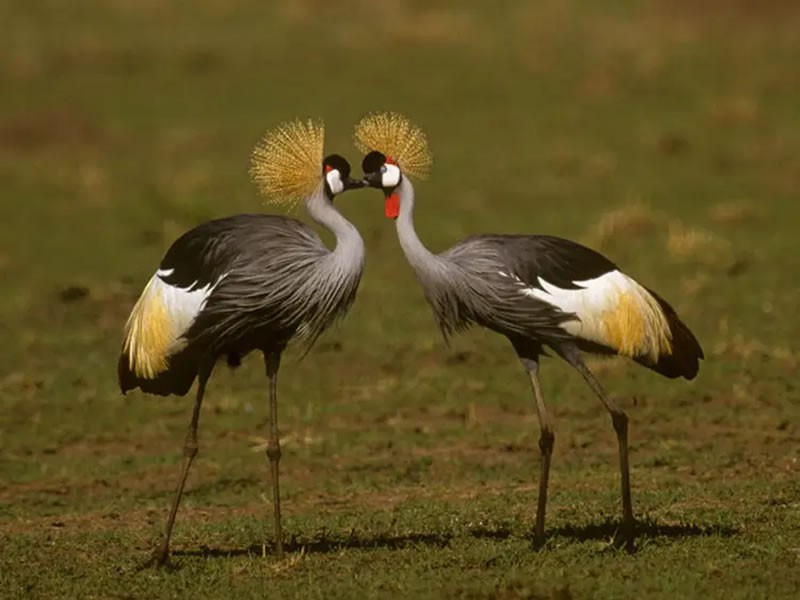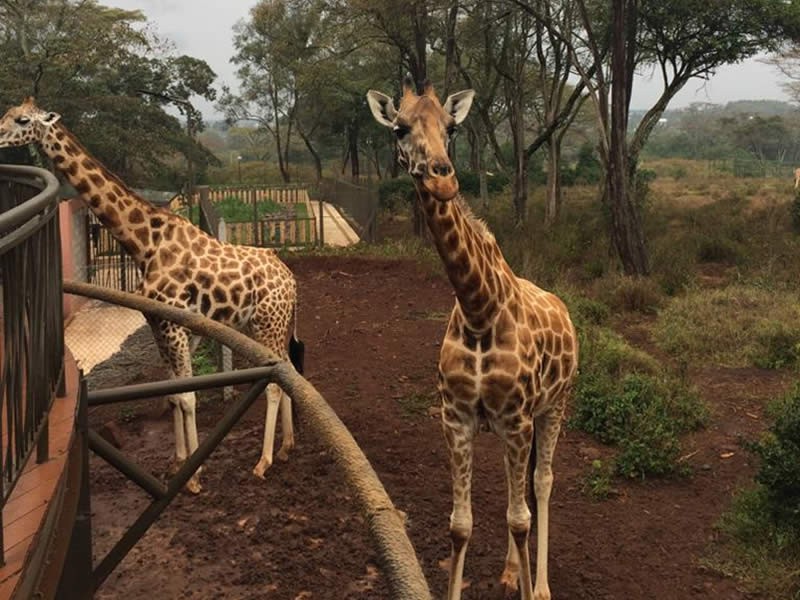What is causing the extinction of the Grey-crowned Crane and what we should do to save it.

A survey has revealed that the once ubiquitous grey crowned crane in Kenya is in danger of going extinct.
The magnificent bird, which is tall and has a distinctive golden crest, nestles in marshes and wetlands, forages on grasslands, and roosts on towering trees.
The problem is made worse by the illegal trade in live cranes for exotic pets and bush meat locally and internationally.
Additional dangers include electrocution and the rising use of agricultural chemicals, which, when improperly applied, can be fatal to wildlife.
If we want to rescue the cranes, we need to address these dangers right away, according to Wanyoike Wamiti, a crane researcher at the National Museums of Kenya.
The elegant bird's population has drastically decreased from an estimated 35,000 in 1987 to less than 10,000 now.
According to Kenya's first national census, there are currently roughly 7,776 grey crowned cranes in the country.
The census filled a void left by a previous attempt made in 1996 by Wildlife Clubs of Kenya, which was delayed by two decades.
This species' situation in Kenya is not favorable, according to Wamiti.
A research team started the beautiful bird's nationwide census on February 25 and March 11.
This came after a collaboration between the International Crane Foundation/Endangered Wildlife Trust Partnership and NMK, the oldest and largest environmental organization in Germany (S. Africa).
DT Dobie, David Fox, the Nabu Crane Center, and more than 40 volunteers were additional partners.
In 28 counties that included all of the known strongholds of the birds, eight teams of professionals and volunteers from across the nation, region, and world concurrently looked for and counted cranes.
Out of the 15 species, it is the crane that is losing ground the fastest in the world.
The bird, which is now exclusively found in sub-Saharan Africa, was once widespread in the marshes of the Democratic Republic of the Congo, Eastern Africa, and South Africa.
Moreover, they can be found sporadically throughout Africa, where they have a range that includes South Africa, Uganda, Kenya, and most recently South Sudan.
According to the paper, a survey should be conducted every five years to track population fluctuations and the results of conservation efforts for endangered species.
Also, it is strongly advised to do annual monitoring in the most critical locations.
As we know very little to nothing about this bird's cross-border migrations, we also need to have additional tagged birds in Kenya, according to Günter Nowald, CEO of Crane Conservation Germany.
During the survey at Lake Ol' Bolossat, he equipped two fledglings with satellite transmitters with solar panels and colored rings that represent Kenya's national code: a set of three rings that are blue-green-blue on the left leg.
Three additional rings were attached to the right leg, giving the bird a unique identity equivalent to a name.
This will support the monitoring of crane movements and habitat selection and utilization when re-sighted and reported.
The research team is also advocating for exports and captive crane ownership to be strictly prohibited in response to the risks to the birds.
At this time, the report argues, strict precautions are required.
Concerns have also been raised about the usage of dangerous pesticides that are comparable to the now-illegal Furadan, which has recently been blamed for the deaths of vultures and lions.
The Cranes Conservation Volunteers at Lake Ol' Bolossat in Nyandarua county are one of the most effective local groups defending the cranes.
Men who earlier hunted the cranes and their eggs are now the defenders thanks to the organization's outreach efforts.
According to African Bird Club's David Fox, the CCV can serve as a model for establishing new site support groups in exposed locations with substantial Grey Crowned Crane populations.
People Also Read
Visiting Nairobi's Giraffe Centre
29, Mar, 2023

